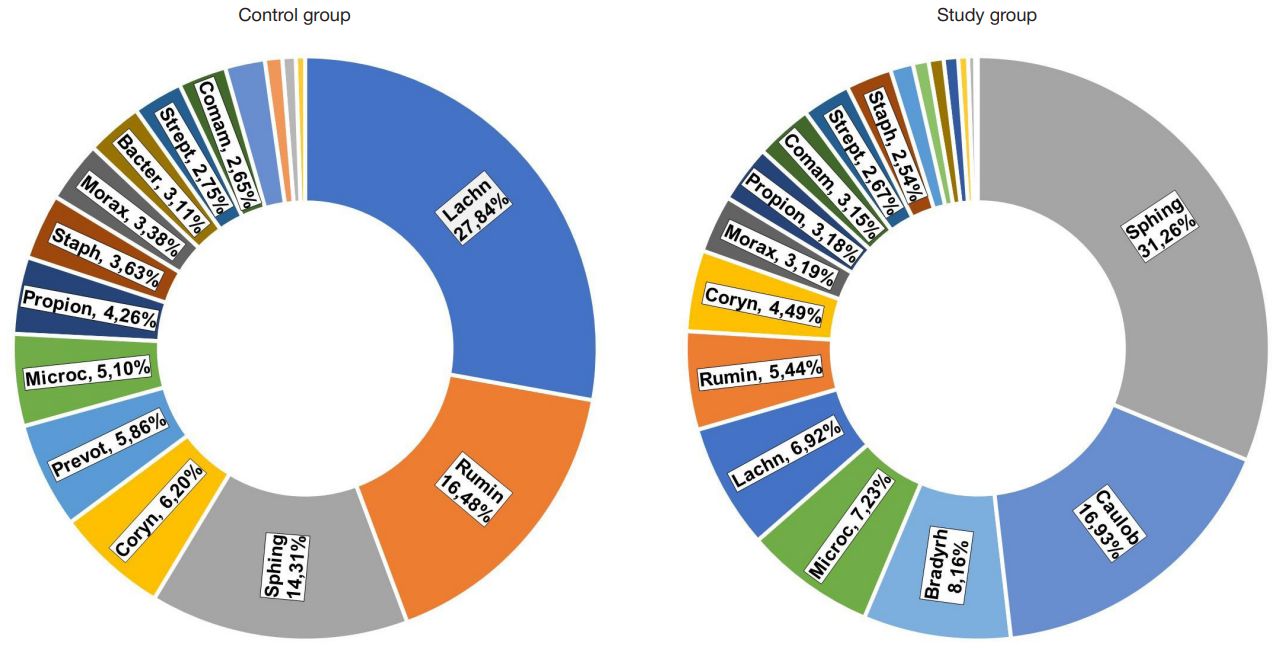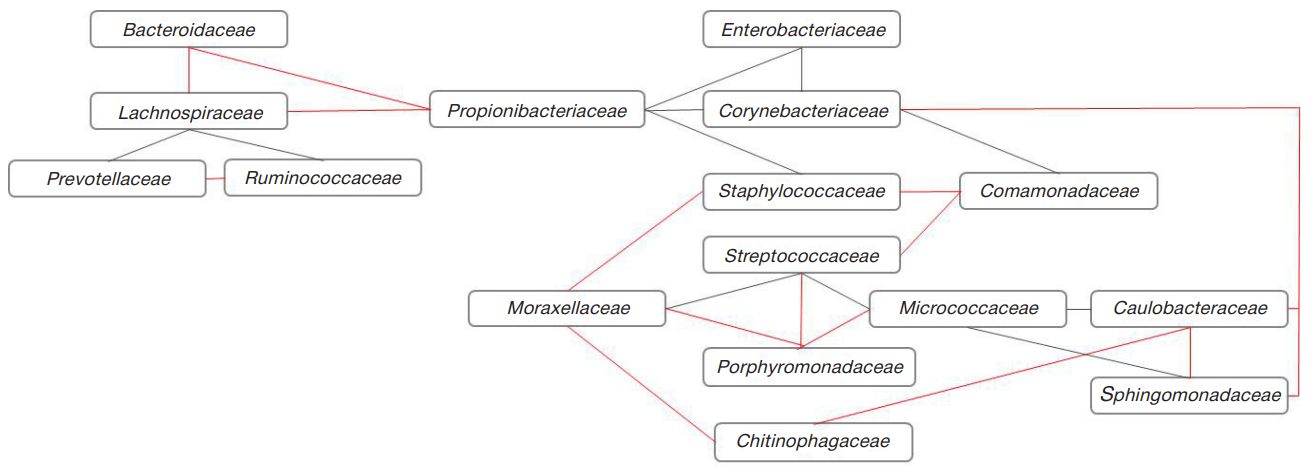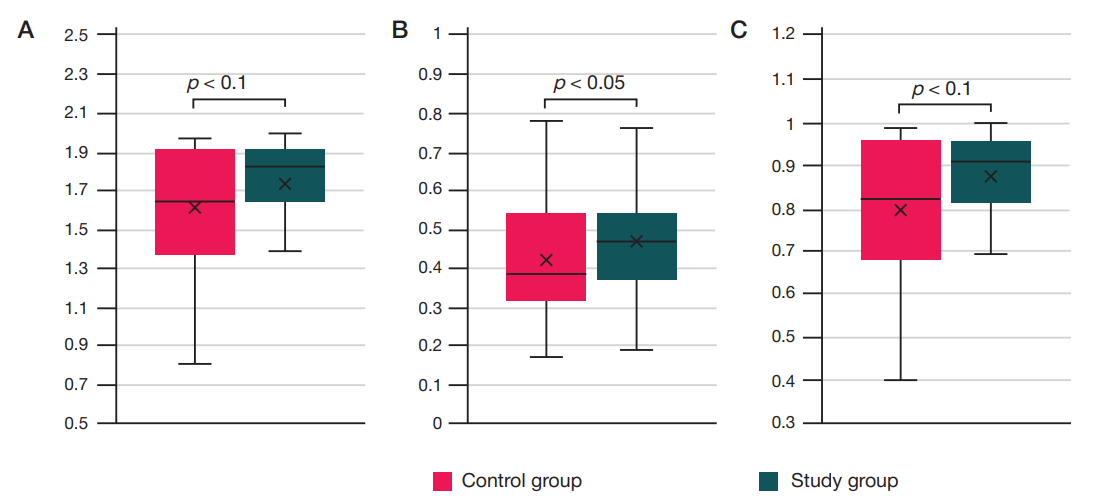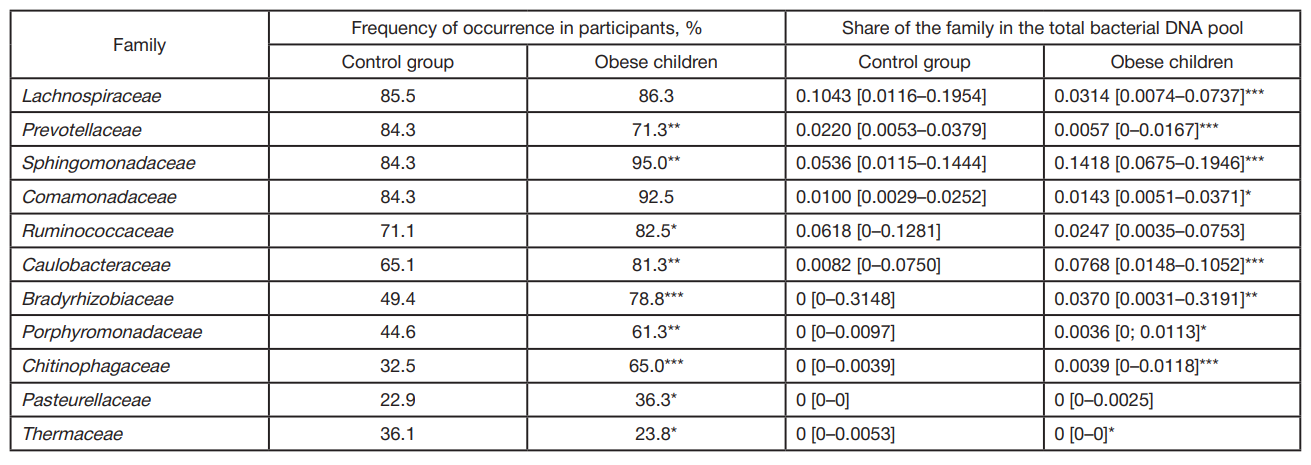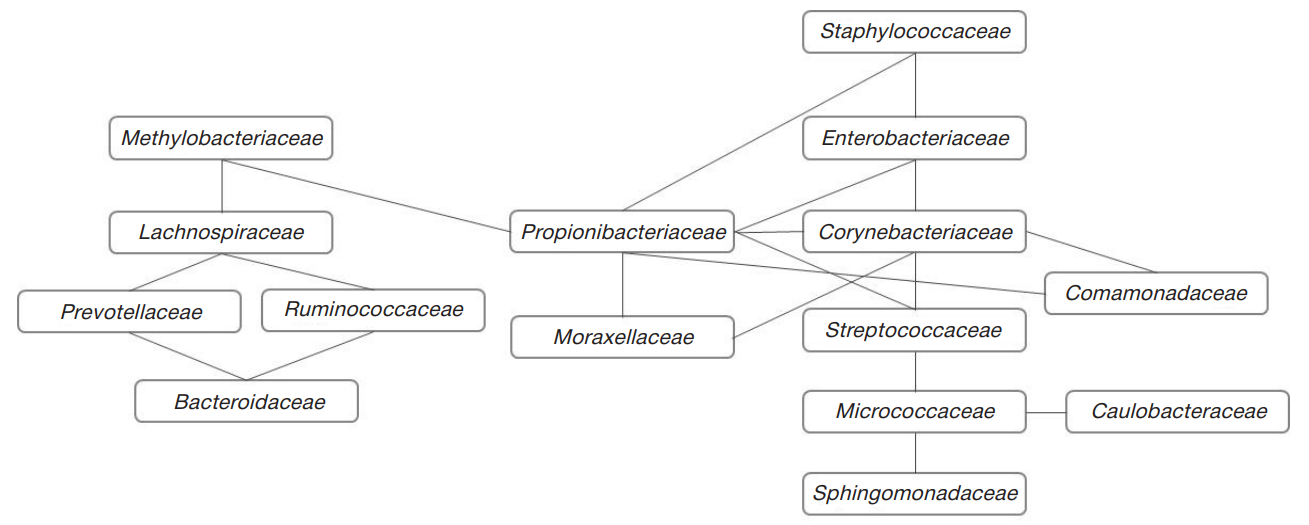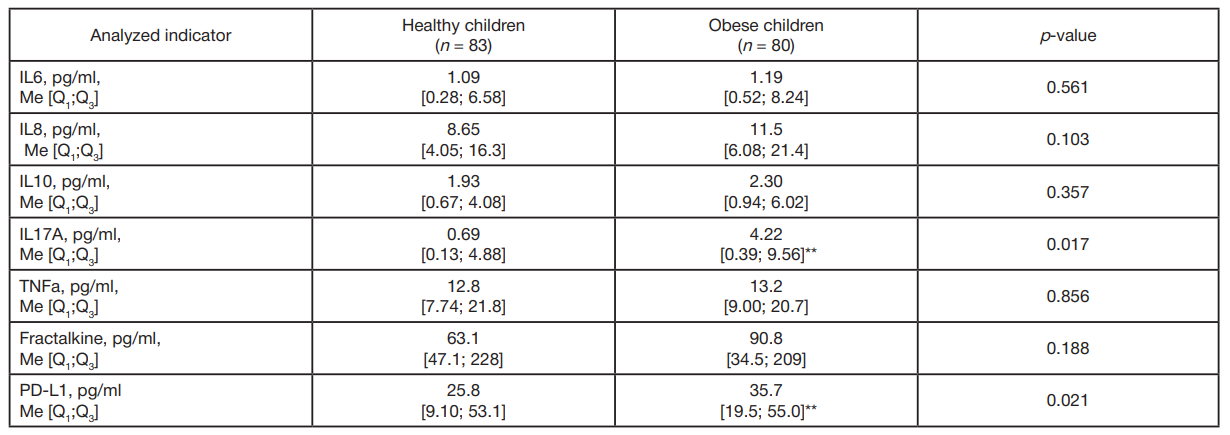
This article is an open access article distributed under the terms and conditions of the Creative Commons Attribution license (CC BY).
ORIGINAL RESEARCH
Relationship between pro-inflammatory cytokine levels and blood bacterial DNA composition in obese children
1 Pirogov Russian National Research Medical University, Moscow, Russia
2 Center for Digital and Translational Biomedicine, Center for Molecular Health, Moscow, Russia
3 The National Medical Research Center for Endocrinology, Moscow, Russia
4 Kazan (Volga Region) Federal University, Kazan, Russia
5 Rostov State Medical University, Rostov-on-Don, Russia
6 Center for Strategic Planning and Management of Biomedical Health Risks, Moscow, Russia
Correspondence should be addressed: Irina V. Kirilina
Ostrovityanova, 1, Moscow, 117997, Russia; ur.kb@aniri-anilirik
Funding: the work was done in the context of agreement #0373100122119000041 under the Project "Compilation of a bank of blood serum and faecal samples from healthy donors and patients with obesity, metabolic syndrome, type II diabetes mellitus, disrupted intestinal mucosal barrier, with the aim of identifying candidate species-specific mediators of the human microbiota quorum sensing systems modulating endocrine and metabolic functions of adipose tissue."
Author contribution: Shestopalov AV, Roumiantsev SA — idea of the study, experiment planning, manuscript writing, editing; Yudin SM, Makarov VV — idea of the study, editing; Gaponov AM — idea, experiment planning, manuscript editing; Kirilina IV — idea, experiment planning, data processing, manuscript writing, editing; Grigoryeva TV — planning, data collection, data processing, editing; Teplyakova ED — experiment planning, manuscript editing; Khusnutdinova DR — data collection.
Compliance with ethical standards: the study was approved by the Local Ethics Committee of N.I. Pirogov Russian National Research Medical University (Minutes #186 of June 26, 2019) and Local Ethics Committee of Rostov State Medical University (Minutes #20/19 of December 12, 2019). To be included in the study, all patients and their parents mandatorily signed voluntary informed consent forms.
